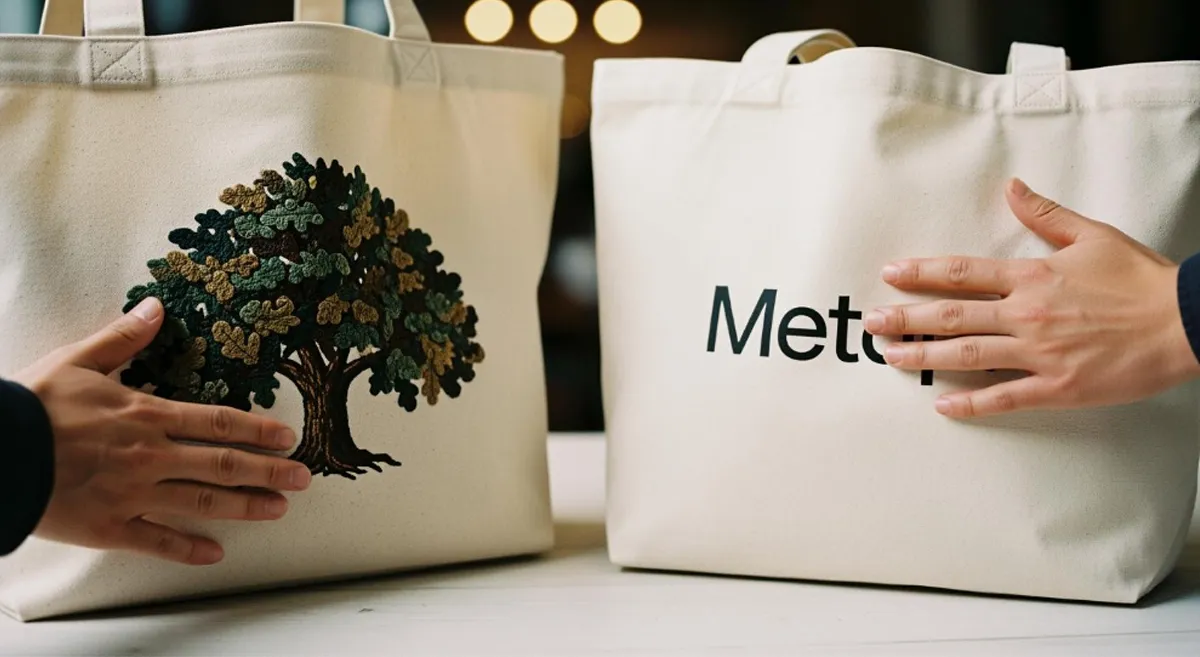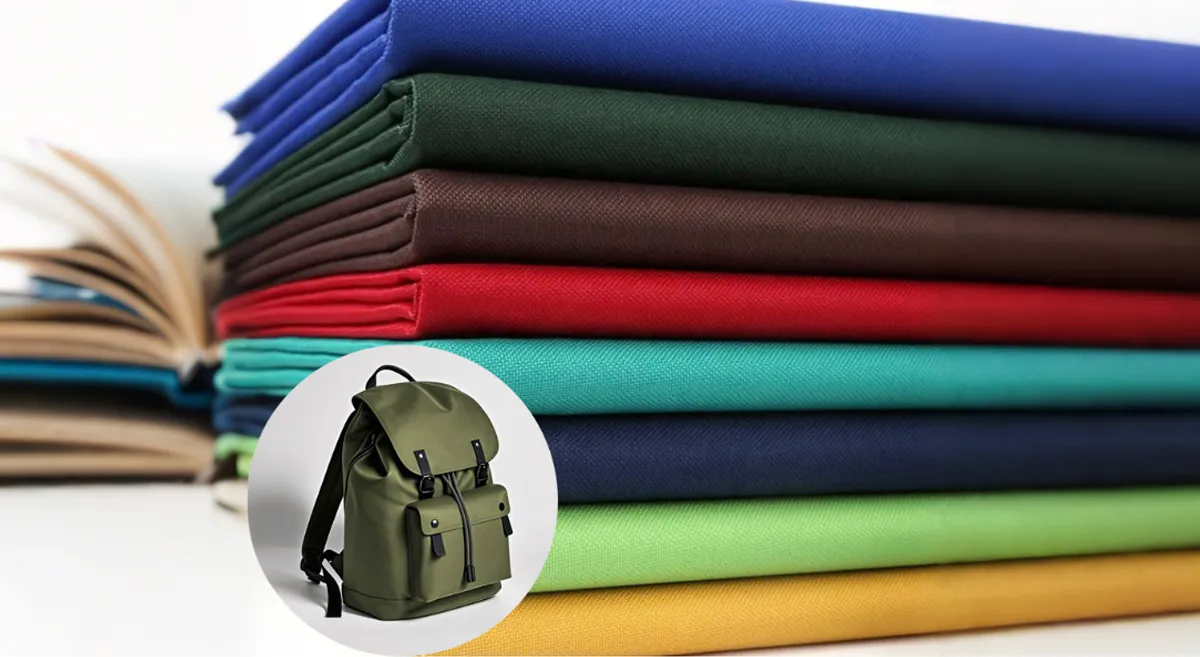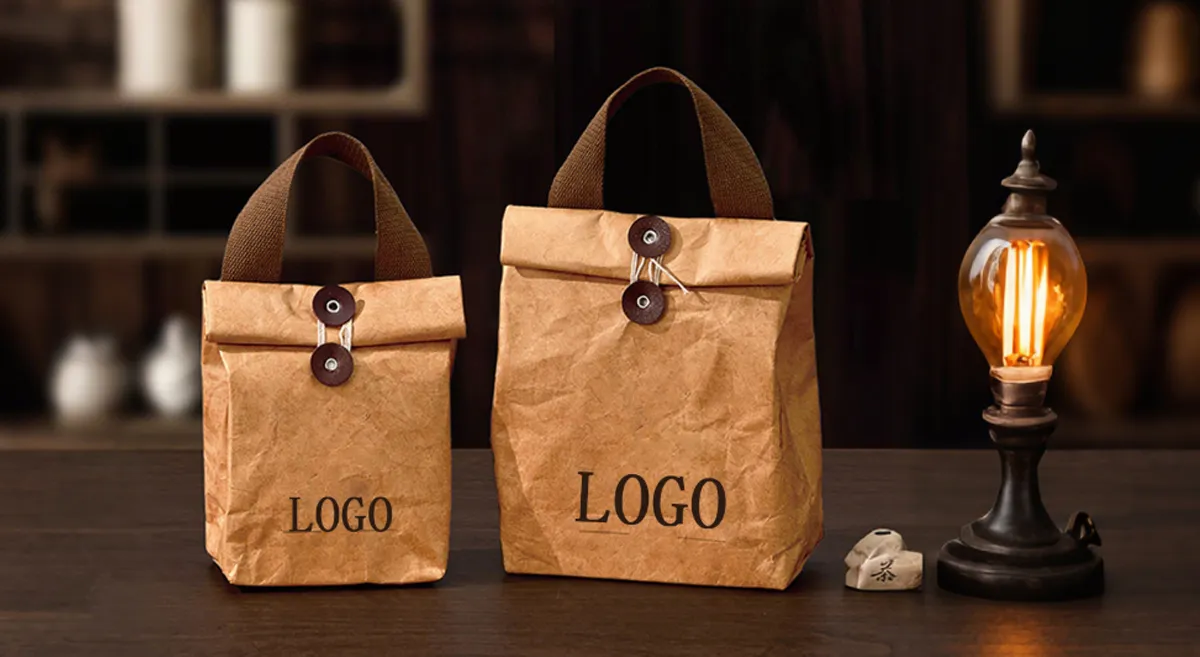
Can you dye nylon fabric? Yes, you can! Nylon stands out from other synthetic fibers because it takes dye well and lets you explore lots of colors. You get bright results that last. Acid dyes and disperse dyes work best for nylon. You do not need fancy equipment. If you want to try dyeing nylon at home, you will find simple steps and helpful tips right here.
Key Takeaways
- You can dye nylon fabric at home. Use acid or disperse dyes for bright colors that last long.
- Acid dyes stick to nylon well in an acidic place. This makes the color stronger and helps it stay after washing.
- Keep the dye bath pH below 7. This helps the dye stick better and makes the color brighter.
- You need heat for disperse dyes. Try to get the water close to boiling for the best color.
- Wash your nylon first. This removes dirt and oils that stop the dye from soaking in.
- Test the dye on a small piece of fabric first. This helps you see if you like the color before dyeing everything.
- Rinse the fabric well after dyeing. This gets rid of extra dye and any acid left over.
- To take care of dyed nylon, wash it in cold water. Keep it out of direct sunlight so the colors stay bright.
Can You Dye Nylon Fabric?
You might wonder, can you dye nylon fabric at home and get great results? The answer is yes, and the science behind it makes the process even more interesting. Nylon’s unique structure and the way it interacts with acid and disperse dyes help you achieve vibrant, long-lasting colors.
Nylon’s Dyeing Properties
Synthetic Fiber Structure
Nylon is a synthetic fiber, but it behaves differently from others like polyester. The secret lies in its molecular makeup. Nylon fibers have terminal amino groups that act like tiny magnets for certain dyes. These groups let the dye stick to the fabric, so you get strong color. The surface of nylon also has roughness and porosity. This means more places for the dye to attach and soak in.
- The terminal amino groups in nylon help form ionic bonds with acid dyes.
- The fiber’s surface area and porosity give dyes more spots to settle.
- Amorphous regions in nylon fibers allow dyes to penetrate easily, while crystalline areas are less accessible.
Quick and Dark Dyeing
You will notice that nylon absorbs dye quickly and deeply. The color often turns out dark and rich, especially when you use the right dye and conditions. The fiber’s structure helps the dye move in fast and stay put. If you want bold colors, nylon is a great choice.
Why Acid and Disperse Dyes Work
Acidic Environment and Bonding
Acid dyes work best with nylon because of the chemical attraction between the dye and the fiber. Acid dyes have negatively charged sulfonic acid groups. Nylon fibers have positively charged amino groups. When you dye nylon in a low pH (acidic) bath, these groups attract each other and form strong ionic bonds. This bond keeps the color locked in, even after washing.
Tip: Always check the pH of your dye bath. A pH below 7 boosts color strength and helps the dye bond better with nylon.
Here’s a quick look at how pH affects dyeing:
| Dye Type | pH Impact on Dyeing |
|---|---|
| Acid Dye | Enhances up to pH 7, then decreases |
| Disperse Dye | Color strength increases up to pH 7, then slightly decreases |
| pH Level | Effect on Color Strength |
|---|---|
| Below 7 | Color strength increases |
| At 7 | Maximum color strength |
| Above 7 | Color strength decreases |
Heat Activation
Disperse dyes also work well with nylon, but they need heat to do their job. When you raise the temperature of your dye bath, the dye molecules move faster and slip into the nylon fibers. The process starts around 40°C, but you get the best results when you reach boiling point. High heat helps the dye spread evenly and gives you a uniform color.
| Temperature (°C) | Effect on Dyeing Rate and Uniformity |
|---|---|
| 35-50 | Dyeing temperature must exceed this range for effective dye absorption |
| 40 | Nylon begins to absorb dye |
| 100 | Dyeing process is nearly complete; higher temperatures improve uniformity |
- The dyeing rate of acid dye goes up as you increase the temperature.
- Above 80°C, the dyeing rate jumps, but you might see color spots if you heat too fast.
- For best results, start at 40°C and slowly bring the bath to a boil over 45 minutes.
So, can you dye nylon fabric and get professional-looking results? Yes, you can, if you pay attention to the fiber structure, pH, and temperature. Acid and disperse dyes both work, but each needs the right environment to shine. When you follow these tips, you will see deep, even colors that last.
Choosing the Right Dye
Picking the best dye for nylon can feel tricky, but you have great options. You want colors that pop and last. Let’s look at acid dyes and disperse dyes, and see how each one works for nylon.
Acid Dyes for Nylon
Acid dyes are a top choice for nylon. You get bright, bold colors that stick well. Many people ask, can you dye nylon fabric with acid dyes at home? Yes, you can! Acid dyes bond tightly to nylon, so your colors stay strong after washing.
Tub Dyeing Method
You can use the tub dyeing method for acid dyes. Fill a large pot or tub with warm water. Add the dye and a little vinegar or citric acid to lower the pH. Stir well. Place your nylon fabric in the bath. Heat the water slowly, keeping it below boiling. Move the fabric around so the color spreads evenly. After about 30-45 minutes, rinse the fabric until the water runs clear.
Tip: Brands like Dharma Trading Co., Jacquard, and Cushing offer acid dyes with lots of color choices. You can find shades like Acid Red 18, Acid Yellow 36, Acid Blue 25, Acid Orange 7, and Acid Green 25.
Pros and Cons
Here’s a quick look at the good and not-so-good sides of acid dyes:
| Advantages of Acid Dyes on Nylon | Disadvantages of Acid Dyes on Nylon |
|---|---|
| Bright, vivid colors | Need acidic pH control |
| Strong wash and light fastness | Not for cotton or cellulosic fibers |
| Work well on wool, silk, nylon | Some dyes may fade with washing |
Disperse Dyes for Nylon
Disperse dyes also work for nylon, especially if you want smooth, even color. These dyes need heat to move into the fibers. You get great levelness, which means the color looks the same all over.
Heat Application
To use disperse dyes, fill a pot with water and add the dye. Heat the bath to near boiling. Place your nylon fabric in the bath and stir gently. The heat helps the dye enter the fibers. Keep the fabric moving for even color. After dyeing, rinse well.
Note: Not all disperse dyes work for nylon, so check the label before you buy.
Pros and Cons
Let’s compare the ups and downs of disperse dyes:
- Pros:
- Excellent levelness (smooth, even color)
- Good for synthetic fibers
- Can handle high temperatures
- Cons:
- Some types may not bond well with nylon
- May need special handling for best results
Acid vs. Disperse Dyes
You might wonder which dye gives better results. Here’s a simple comparison:
Color Results
Acid dyes give you bright, bold colors. Disperse dyes offer smooth, even shades. Both can make nylon look amazing, but acid dyes usually win for vibrancy.
Wash Fastness
Acid dyes stick well to nylon, so your colors last through many washes. Disperse dyes also hold up, but some types may fade faster. If you want colors that stay strong, acid dyes are a safe bet.
Here’s a table to help you choose:
| Factor | Description |
|---|---|
| Absorption Properties | Nylon absorbs acid and disperse dyes well. |
| Temperature | Both dye types need heat, but disperse dyes require higher temperatures. |
| Chemical Compatibility | Acid dyes need acidic baths; disperse dyes need heat. |
| Environmental Factors | Look for eco-friendly dyes to reduce impact. |
If you want easy dyeing and lasting color, acid dyes are your best friend for nylon.
Preparing Nylon for Dyeing
Getting ready to dye nylon fabric is easy when you know what to do. You want to set yourself up for success, so let’s walk through the steps together. You’ll need the right tools, the best dye, and a clean fabric. If you follow these steps, you’ll get bright, even color every time.
Gather Materials
Before you start, gather everything you need. Having your supplies ready makes the process smoother and helps you avoid mistakes.
Essential Tools
Here’s a handy checklist of what you’ll need for dyeing nylon at home:
- Acid dye in your favorite color (make sure it’s made for nylon)
- Large pot or dye bath container (big enough to cover your fabric)
- Vinegar or citric acid (to create the right acidic environment)
- Gloves (to protect your hands from dye and chemicals)
- Measuring cups and spoons (for accurate measurements)
- Stirring utensil (like a long-handled spoon or wooden dowel)
- Thermometer (to keep an eye on the dye bath temperature)
- Nylon fabric (pre-washed and free of stains)
- Rags or old towels (for cleaning up spills)
Tip: Lay out your tools before you begin. This way, you won’t have to search for anything in the middle of dyeing.
Selecting Dye Type
You have two main choices for dyeing nylon: acid dyes and disperse dyes. Acid dyes work best if you want bold, lasting colors. Disperse dyes are good for smooth, even shades. Check the label to make sure the dye is suitable for nylon. If you’re new to dyeing, acid dyes are easier to use and give reliable results.
Prepping the Fabric
You want your nylon fabric to absorb the dye evenly. Prepping the fabric is a key step that many people skip, but it makes a big difference.
Cleaning Nylon
Start by washing your nylon fabric. Use mild detergent and warm water. Rinse well to remove any soap. Dirt, oil, or leftover finishes can block the dye from soaking in. Clean fabric helps the color stick better and look brighter.
Note: If you see any stains or spots, wash the fabric again. Stains can cause uneven color.
Compatibility Test
Wondering, can you dye nylon fabric and get the shade you want? Do a quick compatibility test. Cut a small piece of your nylon and dye it first. Check the color and how well it sticks. If you like the result, go ahead and dye the whole piece. This test saves you from surprises and helps you adjust your process if needed.
| Step | Why It Matters |
|---|---|
| Wash fabric | Removes dirt and oils |
| Test dye | Checks color and bonding |
Getting your materials and fabric ready is the secret to great results. Take your time with these steps, and you’ll set yourself up for a successful dyeing project.
Step-by-Step Dyeing Process
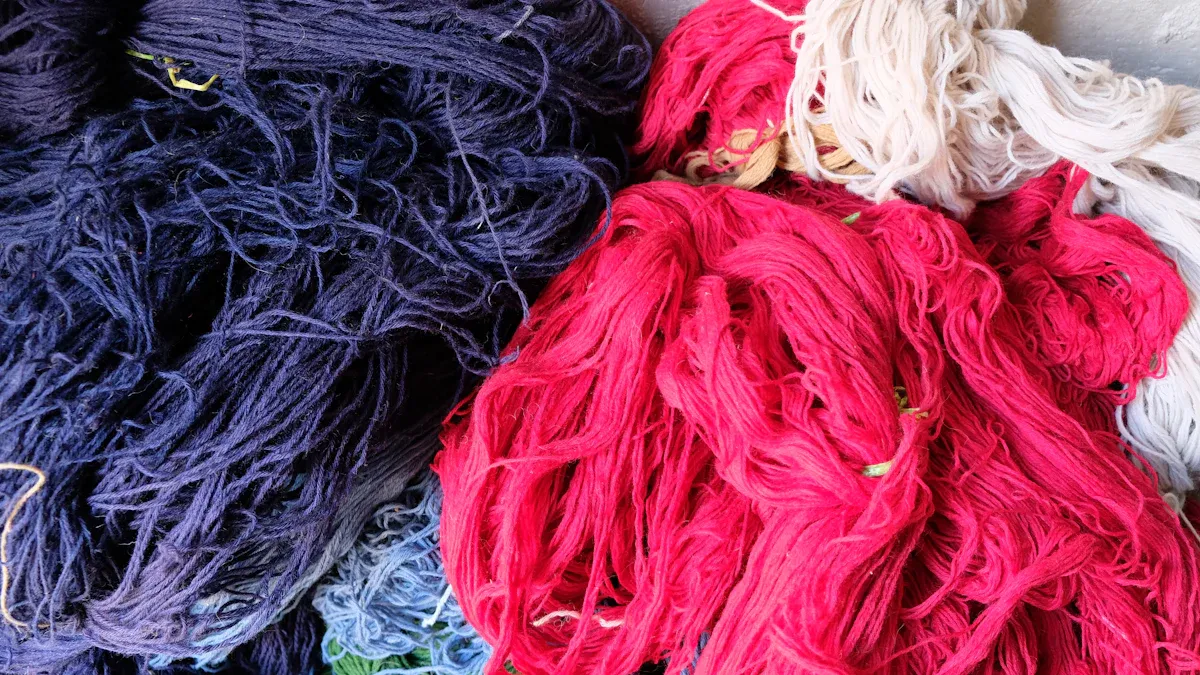
Ready to start dyeing your nylon fabric? Follow these steps for bright, even color every time. You don’t need fancy tools or expert skills. Just pay attention to temperature, pH, soaking time, and agitation. Let’s break it down.
Make the Dye Bath
Temperature and pH
Getting the temperature and pH right is the secret to great results. Nylon loves heat, and the dye bonds best in an acidic bath. If you ask, can you dye nylon fabric and get professional results at home? Yes, you can, if you set up your dye bath correctly.
Here’s a quick guide:
| Parameter | Ideal Range |
|---|---|
| Temperature | 90°C to 100°C (194°F to 212°F) |
| pH | Adjust with acid compounds; keep it slightly acidic for best color |
Heat helps the dye move into the nylon fibers. An acidic bath makes the color stick. You can use vinegar or citric acid to lower the pH. Always check the temperature with a thermometer. If the water gets too hot or too cold, the dye may not work as well.
Tip: Start heating your dye bath slowly. Bring it up to the ideal temperature over 30 to 45 minutes. This helps the color spread evenly.
Mixing Dye
Mixing the dye is more than just stirring. You want every part of your fabric to get the same color. Here’s how you do it:
- Add the dye to warm water and stir until it dissolves completely.
- Use leveling agents to help the dye spread evenly. These agents slow down how fast the dye grabs onto the fabric, so you don’t get blotches.
- Add dispersing and protective colloidal additives if you use disperse dyes. These help the dye float in the water and prevent clumps.
- Always add dyes and additives separately. This keeps the bath balanced and avoids problems.
- Keep the dyeing temperature below 120°C. This prevents unwanted chemicals from forming and keeps your color deep.
Note: If you want smooth, even color, don’t rush. Take your time mixing and heating.
Dye Nylon Fabric
Soaking Time
Soaking time makes a big difference in how your nylon looks. If you want light shades, soak for 30 to 60 minutes. For deeper colors, let the fabric sit for up to two hours. Some people soak overnight for bold, dramatic shades.
- Soak nylon fabric for 30 to 60 minutes for most projects.
- Extend soaking time up to two hours for richer colors.
- Try soaking overnight if you want the deepest shades.
Check your fabric every 15 minutes. If you like the color, you can stop early. If you want it darker, keep going.
Agitation
Agitation means moving the fabric around in the dye bath. This helps the color spread and keeps it from settling in one spot.
- Stir the fabric gently but constantly. Use a long spoon or stick.
- Make sure every part of the fabric touches the dye.
- Don’t let the fabric bunch up. Spread it out as much as you can.
Constant agitation gives you smooth, even color. If you leave the fabric still, you might see streaks or spots.
Rinse and Neutralize
Remove Excess Dye
After dyeing, you need to rinse out any extra dye. This keeps your colors bright and stops them from bleeding later.
- Rinse the fabric in cool water until the water runs clear.
- Use a color catcher sheet in the first wash. These sheets grab loose dye and keep it from staining other clothes.
- Add a dye detergent like Synthrapol to your regular detergent. This helps wash out any leftover dye.
Tip: Rinse gently. Don’t wring or twist the fabric. This protects the fibers and keeps the color even.
Neutralize Acid
If you used acid dyes, you need to neutralize the acid left in the fabric. This step keeps your nylon soft and safe to wear.
- Fill a basin with cool water.
- Add a small amount of baking soda to the water. Stir well.
- Soak the dyed nylon for 10 to 15 minutes.
- Rinse again with clean water.
Neutralizing the acid helps your fabric last longer and feel better.
You’ve finished the main steps! Now your nylon is ready for drying and aftercare. With these simple steps, you can dye nylon fabric at home and get results that look professional.
Dry and Care
Drying Methods
You finished dyeing your nylon fabric. Now you want to keep those colors bright and the fabric strong. The way you dry nylon makes a big difference. Here are some easy methods you can use:
- Dry your nylon in the shade or indoors. Sunlight can fade colors fast. If you hang your fabric outside, pick a spot out of direct sunlight.
- Use low heat if you need to use a dryer. High heat can damage nylon and make colors fade.
- Air-drying is gentle. Lay your fabric flat or hang it up. This helps keep the shape and stops stretching.
- Avoid wringing out the fabric. Squeeze gently to remove extra water.
Tip: UV rays break down dye molecules. Drying in the shade helps your nylon stay vibrant longer.
Aftercare Tips
You want your dyed nylon to look great wash after wash. Simple aftercare steps help you keep the color and fabric in top shape.
- Wash your nylon in cold water. Cold water keeps the fibers tight and traps dye inside.
- Turn your fabric inside out before washing. This reduces friction and stops fading.
- Pick gentle detergents made for colored fabrics. Harsh soaps can strip away color.
- Skip bleach and strong chemicals. These can ruin both the color and the nylon.
- Air-dry your nylon whenever you can. Over-drying in a machine can make the fabric stiff and dull.
- Store your nylon items away from direct sunlight. Sunlight fades colors over time.
- Wash dyed nylon with similar colors. This prevents color bleeding onto other clothes.
Note: If you follow these steps, you will keep your nylon looking fresh and colorful. Can you dye nylon fabric and keep it bright? Yes, you can, with the right care.
Troubleshooting Nylon Dyeing
Even when you follow every step, you might run into a few bumps while dyeing nylon. Don’t worry! You can fix most problems with a little know-how. Let’s look at the most common issues and how you can solve them.
Common Issues
Uneven Color
You might notice patches or streaks after dyeing. This happens a lot when the dye bath isn’t mixed well or the fabric bunches up. Sometimes, the temperature or pH changes too quickly. Here are a few reasons why you might see uneven color:
- The dye bath heats up too fast or starts at the wrong temperature.
- You use the wrong ratio of water to fabric.
- The pH level isn’t right for the dye.
- The fabric isn’t fully clean before dyeing.
- Dyeing technology or process steps are not reasonable.
Fading
Fading can make your bright nylon look dull after a few washes. This usually happens when the dye doesn’t bond well or you wash the fabric too often. Sometimes, sunlight or hot water can also cause fading.
Solutions
Adjusting Conditions
You can fix many dyeing problems by tweaking your process. Try these steps to get better results:
- Start with the right temperature. Heat the dye bath slowly and keep it steady.
- Use the correct amount of water for your fabric. Too little or too much can cause problems.
- Check the pH level. Acid dyes need a slightly acidic bath, so add vinegar or citric acid if needed.
- Stir the fabric gently and often. This helps the dye spread evenly.
You can also add special helpers to your dye bath. Leveling agents, like anionic or non-ionic types, help the dye cover the fabric evenly. Adjust the amount of leveling agent based on how much fabric and dye you use. Here’s a quick table to show how these solutions work:
| Solution Type | Description |
|---|---|
| Leveling Agents | Help the dye spread out and cover the fabric evenly. |
| pH Control | Keeps the dye bath at the right acidity for strong, even color. |
| Dosage Adjustment | Lets you fine-tune the amount of dye and helpers for the best results. |
Fixing Mistakes
If you spot uneven color after dyeing, don’t panic. You can often fix it by re-dyeing the fabric. Make sure to stir more and keep the temperature steady this time. For fading, try using a color restorer or dye fixative. These products help lock in the color and make it last longer.
Tips for Best Results
Pre-treatments
You can boost your dye results with a few simple pre-treatments. Try using a cationic agent like SF-30A to help the dye stick better and improve how well the color holds up to sweat. If you worry about rubbing off, combine SF-30A with a wet friction enhancer like HS-222. Some people also use an anionic binder, such as SD-20B, to keep the color strong without making the fabric rough. For even better results, you can finish the fabric with acrylate monomers. The process usually goes like this: soak the fabric, remove extra water, dry it, and then bake it at a high temperature.
- Use cationic agents for better colorfastness.
- Combine with friction enhancers to prevent rubbing off.
- Try acrylate finishing for extra durability.
Post-dye Care
Taking care of your dyed nylon helps the color last. Here’s a table with easy tips:
| Care Practice | Explanation |
|---|---|
| Wash with Like Colors | Stops color from running onto other clothes. |
| Dry Quickly | Take items out of the washer right away to avoid color transfer. |
| Launder Minimally | Wash only when needed. Spot clean or air out between washes. |
| Use Cool or Cold Water | Keeps the dye locked in and prevents fading. |
| Reduce Friction | Turn items inside out and use the dryer less to protect the color. |
| Minimize Light Exposure | Keep out of sunlight to stop fading. |
Tip: Treat your dyed nylon gently, and you’ll enjoy bright, beautiful colors for a long time!
Creative Uses for Dyed Nylon
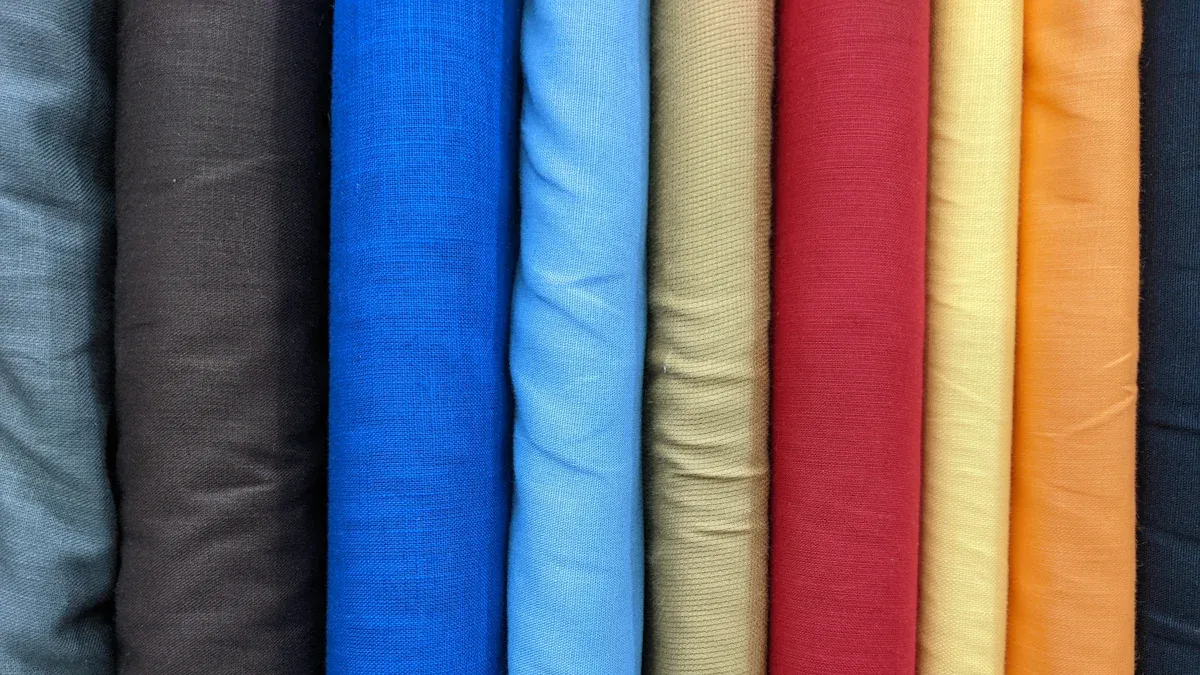
You have a piece of dyed nylon fabric. What can you do with it? You have so many options! Nylon is strong, flexible, and holds color well. You can turn your dyed nylon into something unique and useful.
Nylon Bags and Accessories
You can make stylish bags with dyed nylon. Tote bags, backpacks, and pouches look amazing in bright colors. You might want to add a splash of color to your gym bag or travel pouch. Dyed nylon works well for wallets and card holders, too. You can sew zipper pulls or straps from leftover pieces. If you want a custom look, try mixing different shades in one bag. You can even create matching sets for friends or family.
Tip: Use bold colors for bag linings or pockets. This makes your bag easy to find inside and adds a fun surprise.
You can also make accessories like keychains, lanyards, and wristlets. These small items are quick to sew and make great gifts. Nylon’s durability means your creations will last a long time.
DIY Projects
You can use dyed nylon for all kinds of DIY projects. If you enjoy crafting, you have endless possibilities. Try making outdoor gear upgrades. Replace dull tent guy lines or hiking cords with bright, dyed nylon rope. This helps you spot your gear easily and adds style to your adventures.
You can create macramé art pieces. Use dyed nylon rope to handcraft plant hangers, wall hangings, or jewelry cords. The colors and textures make each piece special. You might want to make custom dog leashes or collars. Bright nylon is safe and fashionable for your pets.
Here are some fun ideas for your next project:
- Colorful curtain ties for your room
- Drawer pulls wrapped in dyed nylon
- Handles for baskets or bags
- Personalized dock lines or fenders for boating
Note: Dyed nylon is easy to clean. You can use it for items that get a lot of use.
Fashion and Crafts
You can use dyed nylon in fashion and crafts. Designers love nylon because it is lightweight and holds its shape. You can sew jackets, windbreakers, or raincoats in your favorite colors. Nylon scarves and headbands add a pop of color to any outfit.
Crafters use dyed nylon for jewelry, like braided bracelets or necklaces. You can make hair accessories or even costume pieces. If you enjoy home decor, try wrapping handles or making wall art with dyed nylon. The colors stay bright, and the fabric feels smooth.
Here’s a quick table with creative uses for dyed nylon in fashion and crafts:
| Use Case | Description |
|---|---|
| Outdoor gear upgrades | Colorful ropes for tents or hiking |
| Macramé art | Plant hangers, wall hangings, jewelry cords |
| Pet accessories | Custom leashes and collars |
| Boating accessories | Personalized dock lines and fenders |
| Home decor | Curtain ties, drawer pulls, wrapped handles |
You can let your imagination run wild. Dyed nylon gives you the freedom to create something that fits your style and needs. Whether you sew, knot, or braid, you will find endless ways to use your colorful nylon fabric.
Conclusion
You now know the answer to can you dye nylon fabric. You can use acid or disperse dyes for bright, lasting colors. Acid dyes work well because they bond with nylon when you heat the dye bath and adjust the pH. You just need simple tools and a little patience. Try dyeing nylon at home and see how easy it is. If you want to turn those colors into real products, we’re the bag manufacturer you can work with. We build Tote bags, backpacks, travel/duffel bags, and crossbody bags with full OEM/ODM support—custom fabrics, sizes, colors, prints/embroidery, and hardware. Get factory-direct pricing, fast sampling, and reliable lead times. Tell us your idea, and we’ll make it happen.
FAQ
Can you dye nylon with regular fabric dye?
No, regular fabric dyes for cotton or linen do not work well on nylon. You need acid dyes or disperse dyes for the best results. These dyes bond with nylon fibers and give you bright, lasting colors.
Do you need to boil nylon when dyeing?
You do not have to boil nylon, but high heat helps the dye soak in. Heat your dye bath to near boiling (about 200°F or 93°C) for the best color. Always check the care label first.
Will dyed nylon fade in the wash?
Dyed nylon can fade if you use hot water or harsh detergents. Wash your nylon in cold water with gentle soap. Turn items inside out before washing. This helps keep the color bright.
Can you dye nylon black?
Yes! You can dye nylon black using acid or disperse dyes. For deep black, soak the fabric longer and use the right amount of dye. Agitate the fabric in the dye bath for even color.
Is it safe to dye nylon at home?
Yes, you can safely dye nylon at home. Wear gloves and work in a well-ventilated area. Keep dyes and chemicals away from kids and pets. Always follow the instructions on your dye package.
How do you fix uneven color on nylon?
If you see uneven color, you can re-dye the fabric. Stir the fabric more and keep the temperature steady. Use a leveling agent if possible. Test a small piece first to check the result.
Can you dye nylon blends?
You can dye nylon blends, but results may vary. If your fabric has cotton or polyester mixed in, only the nylon part will take the dye well. Always test a small swatch before dyeing the whole piece.


